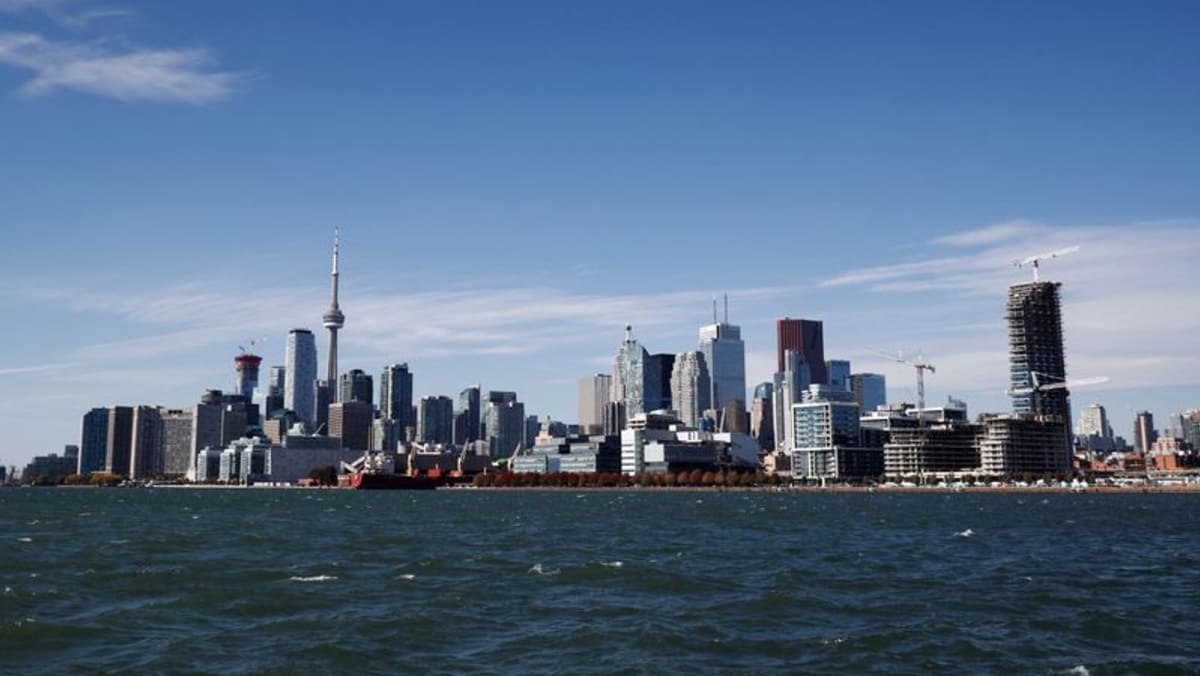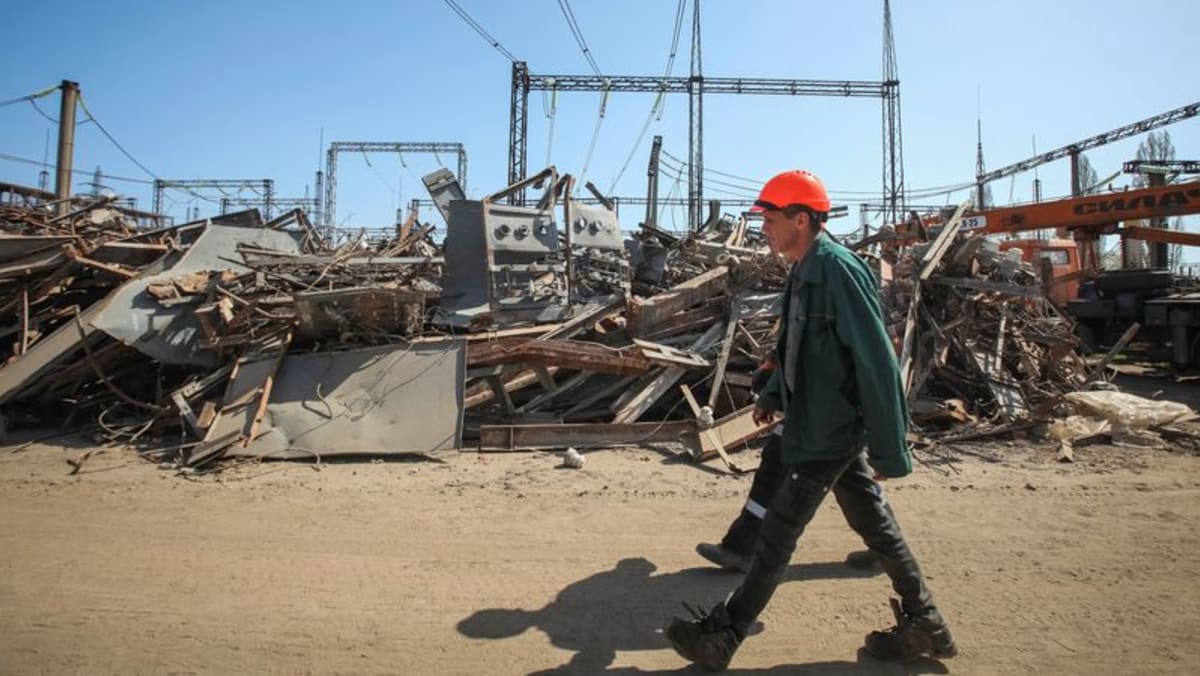South Africa, meanwhile, was added to an acronym for big, fast-growing emerging markets led by Brazil, Russia, India and China back in 2010, when BRIC became BRICS. The largest economy in Africa, resource-rich South Africa was powered by a commodity boom that then went bust, exposing the country’s many faultlines.
The African National Congress has held power for 30 years yet presides over the same dogged set of failures: Youth unemployment above 50 per cent, a shocking share of the population on welfare, weak investment, rolling power outages.
While voters could oust the ANC next month, the malaise looks too deep to end soon. The International Monetary Fund predicts negative per capita GDP growth over the next five years in only one top 50 economy: South Africa.
INEQUALITY AND STAGNATING PRODUCTIVITY GROWTH
Finally, Thailand. A leader of the “Asian Tigers” before debts tripped them up in the crisis of 1998, it is now the runt of the lot, the only former Tiger to see its per capita GDP decline in this decade.
It has one of the world’s highest inequality rates with 79 per cent of the poor living in rural areas. A running political battle between the rural poor and the Bangkok elite focuses public debate on how to distribute – not expand – the economic pie.
Despite efforts to turn its location on global trade routes into a factory hub, productivity growth is stagnating and Thailand is losing out to manufacturing rivals like Vietnam.
The takeaway here is not that smart countries somehow turned stupid. It is that hidden traps line the path of development and can spring on nations at every income level from the middle to the rich.
One basic mistake or miss, and any country can find itself stuck – until it finds the leadership and vision to chart a way out. For current stars, the message is a warning: Don’t take growth for granted.












